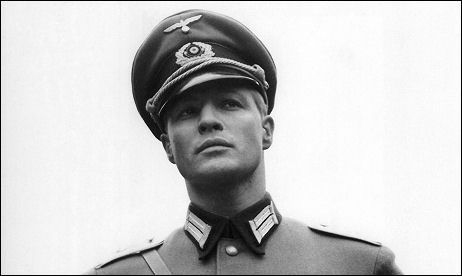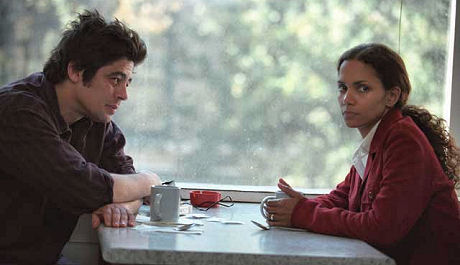The Hollywood Reporter‘s Gregg Kilday announced today that the first new project under the just-renewed pact between the Weinstein Company and Mirage Prods., the production company run by Sydney Pollack and Anthony Minghella, will be — yoicks! — an English-language remake of Florian Henckel von Donnersmarck‘s The Lives of Others, which won the Best Foreign Language Oscar last Sunday.

Note: image stolen from nervepop’s Bilge Ebiri
I wrote Pollack earlier this morning about this, mentioning that news about the Lives of Others remake is getting around (i.e., Bilge Ebiri wrote something also), and some people are going “whaat?”, and that perhaps he might want to talk some specifics about the remake. No reply yet (it helps if people can get back to me within the hour when I write them about a story or an item — they can blow me off if they want to & that’s fine, but the clock is always hyper-driving here and the pace is always 24/7 breathless) so here’s what I said:
“Surely it’s occured to you and Anthony that your Lives of Others remake for Harvey Weinstein will (a) lose force and gravitas if transposed to an American setting (i.e., the original being very specific to East Germany and Stasi wiretaps and the mid ’80s) and (b) it will therefore essentially become (as Peter Bart told Hollywood Wiretap‘s Pete Hammond a few days ago) The Conversation.
“I’m writing to ask if the American remake that Mirage/Weinstein Co. is doing is going to be set in the U.S. of A., and if so, in what time period? I’m presuming it would be shot here because a literal remake set in 1980s East Germany with the actors speaking German-inflected English would be silly.
“It staggers me to think that there’s a sizable American audience out there that’s refusing to see Florian’s film, despite it being one of the most emotionally moving political thrillers-slash-love stories ever made & despite last Sunday night’s Oscar, simply because they dislike reading subtitles. I can’t even call that posture ridiculous…you just have to throw up your hands.”





